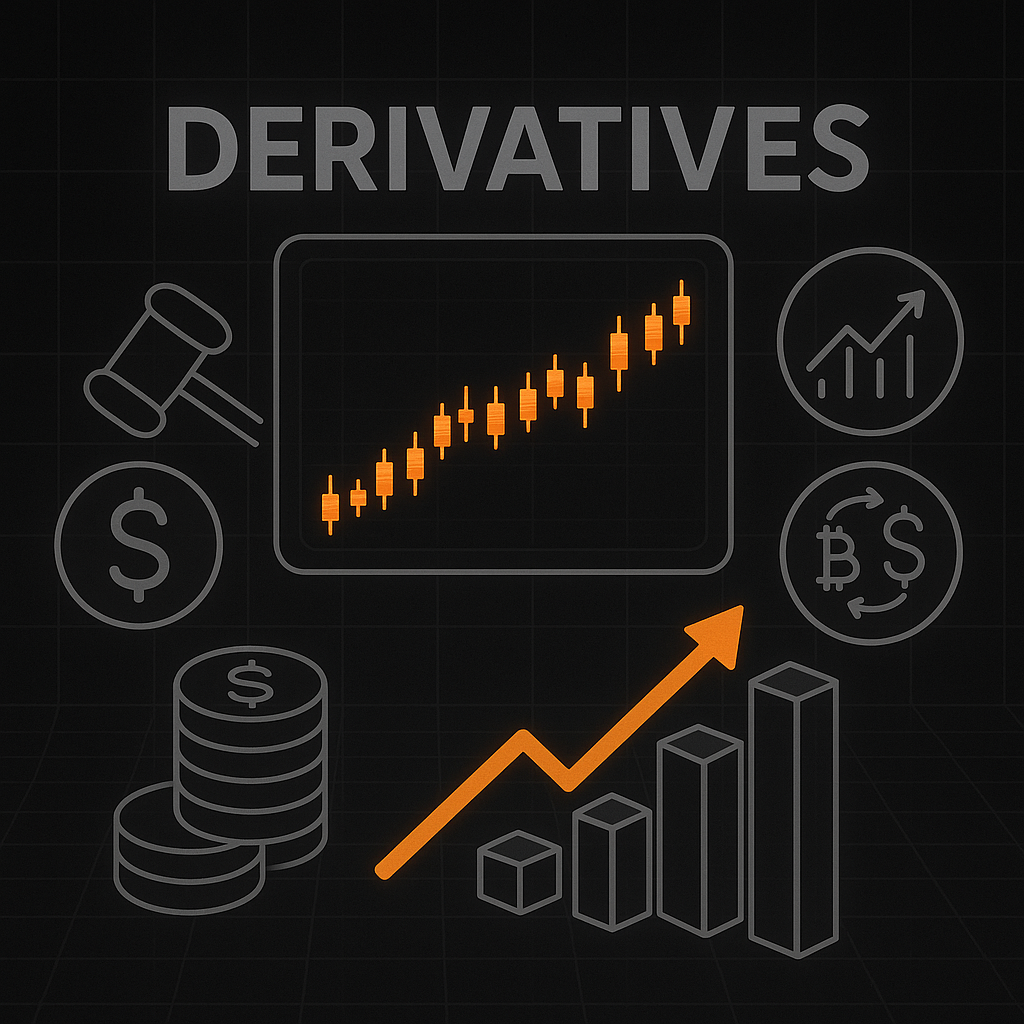
Introduction: The €3 Trillion Opportunity – With a Catch
Europe represents one of the world’s largest crypto markets, with an estimated €3 trillion in trading volume up for grabs. Yet, despite this massive opportunity, very few exchanges will successfully offer derivatives here.
Why?
Because MiCA (Markets in Crypto-Assets Regulation) does not cover derivatives.
This means perpetual futures—the product that makes up 75% of global crypto trading volume—require a completely different regulatory approach.
Kraken and Coinbase already figured this out.
- Kraken acquired a Cyprus-based MTF (Multilateral Trading Facility) license.
- Coinbase bought a MiFID II investment firm in Cyprus.
Both are now preparing fully regulated crypto derivatives for Europe.
But for new entrants? The road is brutal.
This guide breaks down:
- Why MiCA doesn’t cover derivatives (and what you need instead)
- The two legal ways to offer crypto derivatives in Europe
- The biggest problem: Liquidity lockdown under ESMA rules
- Who will survive—and who will fail
1. Why MiCA Doesn’t Cover Crypto Derivatives (And What You Need Instead)
What MiCA Allows
MiCA regulates:
✅ Spot trading
✅ Swaps
✅ Custody services
What MiCA Doesn’t Cover
❌ Perpetual futures
❌ Margin trading
❌ Options & other complex derivatives
The Regulatory Gap
Since perpetual futures are crypto’s most traded product, exchanges must look beyond MiCA.
Solution? You need a MiFID II license (Markets in Financial Instruments Directive).
- MiFID II governs traditional financial derivatives (futures, CFDs, options).
- ESMA (European Securities and Markets Authority) enforces strict rules.
Two legal pathways exist:
- Contracts-for-Differences (CFDs) – A synthetic alternative.
- MTF/OTF License – The gold standard for real derivatives.
2. The Only Two Legal Ways to Offer Crypto Derivatives in Europe
Option 1: Contracts-for-Differences (CFDs) – The Quick Fix
- How it works: CFDs are synthetic derivatives, popular in FX trading.
- Pros:
- Already regulated under MiFID II.
- Faster to implement than full futures.
- Cons:
- Not true crypto derivatives (just synthetic exposure).
- Higher risk for traders (leveraged product).
Who’s using this? Some brokers offer crypto CFDs, but major exchanges prefer real futures.
Option 2: MTF/OTF License – The Real Deal
An MTF (Multilateral Trading Facility) or OTF (Organized Trading Facility) allows listing fully regulated futures.
- Kraken acquired an MTF license in Cyprus.
- Coinbase is acquiring a MiFID II investment firm.
Pros:
✔ Fully compliant with EU law.
✔ Can offer real perpetual futures & options.
✔ More trusted by institutional traders.
Cons:
❌ Extremely difficult to obtain (requires deep regulatory expertise).
❌ Liquidity must be built from scratch (more on this later).
Bottom line: If you want to compete with Kraken & Coinbase, you need an MTF/OTF license.
3. The Biggest Problem: Liquidity Lockdown Under ESMA Rules
Even if you get a license, ESMA’s rules make liquidity nearly impossible.
The Three Deadly Restrictions
- ❌ No Shared Order Books with Offshore Exchanges
- You cannot merge liquidity with Binance, Bybit, or other global exchanges.
- Your order book starts empty.
- ❌ No Systematic Routing to Non-EU Liquidity
- You cannot automatically route trades to offshore LPs.
- All liquidity must be on-shore and compliant.
- ❌ Non-EU Liquidity Providers Can Only Trade Ad-Hoc
- Offshore market makers cannot provide continuous liquidity.
- You must find EU-based LPs—which are rare.
The Result? A Ghost Town Exchange
- No tight spreads (high slippage).
- No arbitrage with global markets.
- Slow adoption (traders prefer deep liquidity).
This is why sourcing liquidity is now the #1 challenge.
4. Who Will Survive? (And Who Will Fail)
The Winners Will Have:
✔ A MiFID II/MTF License (or deep partnerships with licensed firms).
✔ On-Shore Liquidity Providers (EU-based market makers).
✔ Deep Pockets (to survive the early liquidity drought).
The Losers Will:
❌ Try to bypass regulations (and get shut down).
❌ Underestimate liquidity challenges (and launch a dead exchange).
❌ Fail to compete with Kraken & Coinbase (who already have licenses).
Conclusion: The Blueprint for Success
- Get a MiFID II/MTF license (or partner with a licensed firm).
- Build EU-based liquidity (forget about global order books).
- Prepare for a long, expensive battle (liquidity doesn’t come fast).
The prize? A slice of Europe’s €3 trillion crypto market.
The risk? Wasting millions on a non-compliant exchange.
Only the most strategic, well-funded, and regulatory-savvy teams will survive.
Are you one of them?
